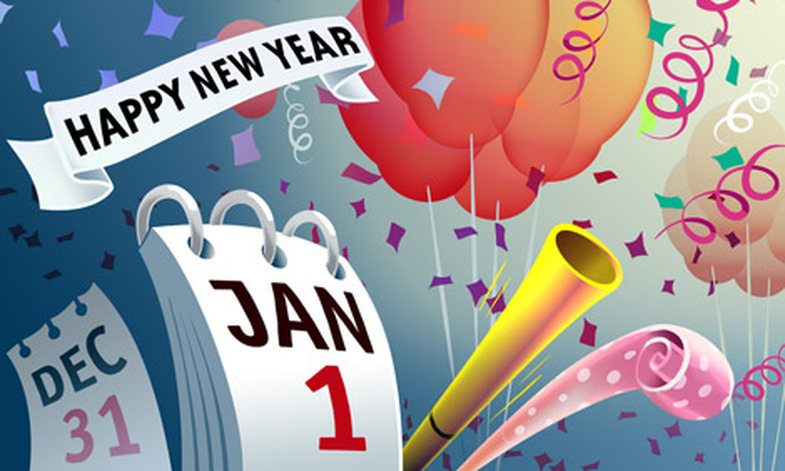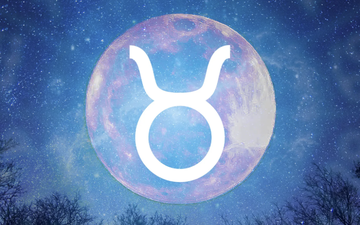
Many years ago, the Romans had a god named Janus. He was the lord of doors and gates and had two faces - one looking forward and one looking back. Julius Caesar thought it would be appropriate for January, the month named after Janus, to be the door to a new year, and when he created the Julian calendar, he made January 1 the first day of the year.
For Caesar, the Julian calendar was a political tool and a weapon. As Roman armies occupied new lands, the Empire often allowed the subjugated nations to maintain certain social and religious customs. After the creation of the calendar, it was decided to use it in every corner of the Empire, not merely for the sake of consistency, but to remind all citizens of Roman authority and Caesar's power.
After Rome fell and Christendom spread to Europe, the New Year celebration was seen as a pagan rite, so the first day of the year moved to a more appropriate date for Christianity. Some states began the year on March 25, the day Christians celebrate Mary's pregnancy. Other states used Christmas Day, December 25, while others used Easter Sunday, regardless of the date on which it fell. Often, this change was only reflected in the government calendar. On a daily basis, January 1st remained the first day of the year, as ordinary people, who did not belong to the clergy or royal families, saw no reason to change it.
The chaos on the calendars worked for some time, but a pope whose clutter came to an end ended in the Middle Ages. An error in Caesar's calendar made Julian's year not in line with the solar year. In 1582, the difference reached 10 years. In time, the Spring Equinox (and, consequently, Easter) dated and Pope Gregory XIII got tired of restoring the feast. Gregory created a new calendar that used an extra day in late February every four years to stay fit. It also finally set January 1st as the first day of the year.
Most Catholic states quickly adopted the Gregorian calendar, but the Protestant and Eastern rites were a little hesitant. Protestants complained that the "Roman Antichrist" was trying to deceive them into worshiping the wrong days. The Eastern Rite churches followed the Julian calendar for several centuries, while Russia adopted the Gregorian calendar after the 1917 revolution. To this day, the Eastern Orthodox Church follows either the traditional Julian calendar or edited to organize the liturgical year.
Over time, Protestant nations began using the Gregorian calendar. Most, however, changed the beginning of the year long before they adopted the entire calendar. England, Ireland, and the British colonies made January 1 the beginning of the year in early 1753 - Scotland had made this change 150 before, but waited until September to fully embrace the new calendar. The delayed movement was most likely symbolic, as it merged the government calendar with that of the people before merging the government calendar with that of the Pope.
* Note: The news was first published in December 2018





